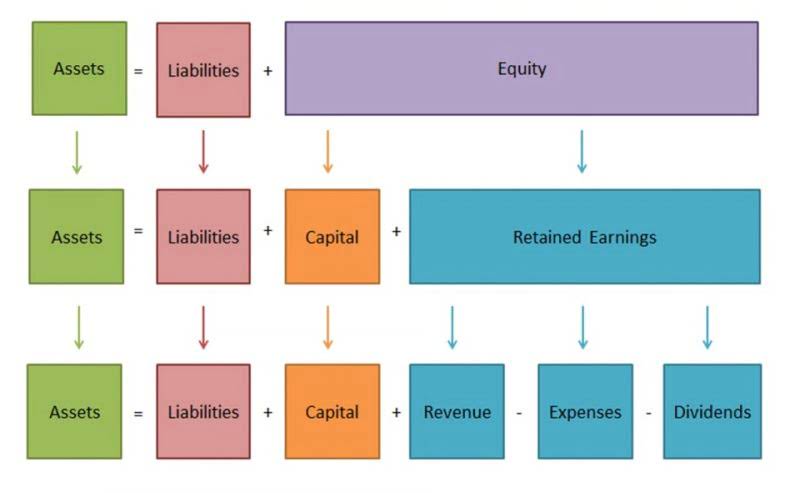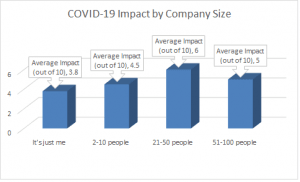
By the end of the first-year machinery, the balance will be $100,000, and accumulated depreciation will show $20,000. By the end of 2nd-year, the machinery balance will still be $100,000, and accumulated depreciation will show $40,000. The netbook value of the machinery by the end of the first year will be $80,000 ($100,000-$20,000) and $60,000 ($100,000-$40,000) by the end of the second year. This method helps a third person identify what the book value was at the time of purchase and the remaining value of an asset.
Reserve for Obsolete Inventory
- Businesses benefit by forecasting more realistic revenue figures, which helps in strategic planning and maintaining investor confidence.
- This adjustment is vital for investors and analysts evaluating a company’s debt obligations and interest expenses.
- For stakeholders, looking at both accounts is also crucial in their decision-making process.
- This information assists auditors, and financial analysts in evaluating a company’s financial performance and risk exposure.
- When researching companies, the financial statement is a great place to start.
Accumulated Depreciation is a contra asset account utilized to record the total depreciation of a fixed asset over time. It appears on the balance sheet and negates the gross amount of fixed assets such as buildings, machinery, office equipment, furniture, and vehicles. An important fact to note is that while the asset’s book value what is a contra asset account decreases, the accumulated depreciation increases, presenting the realizable value of the assets. Suppose a company estimates that 5% of its $200,000 accounts receivable balance is uncollectible. It records a $10,000 allowance for doubtful accounts by debiting Bad Debt Expense for $10,000 and crediting Allowance for Doubtful Accounts for the same amount.

What Are Contra Accounts? Definition, Types, and Examples

The following will be the journal entry to be recorded in the books of accounts to write-off the asset. This account offsets the balance in the respective asset account that they pair with on the balance sheet. Explore the role of contra accounts in financial management and learn how they impact financial statements and accounting practices. Accumulated depreciation is considered a contra asset income summary because it contains the cumulative total of all depreciation expense recognized on an asset to date. Rather than altering the original cost of the asset, it serves to reduce the asset’s value on the balance sheet, thus representing the asset’s declining value over its useful life. Notes Payable and Discount on Notes PayableFor liability accounts, such as Notes Payable, a contra account can reflect the cost of borrowing over time.
Why are Contra Accounts Inportant?

Contra asset Cash Flow Management for Small Businesses accounts also provide a clear picture of the companies’ accumulation of assets. For example, after six years, the asset’s book value on the balance sheet will be $40,000. However, it will also have a negative accumulated depreciation of $60,000, offsetting that cost. After each accounting period, the company records a depreciation expense of the asset.

Contra assets
So, a contra asset account has a credit balance because the normal asset typically has a debit balance. A contra revenue account’s typical balance is debit because the normal revenue account has a credit balance. In liabilities, contra accounts like discount on bonds payable reduce the carrying amount of bonds, aligning recorded liabilities with the actual amount owed. Equity accounts also have contra counterparts, such as treasury stock, representing the cost of repurchased shares and reducing total equity reported. This means that entries recorded on the left side of the T-account will increase the asset balance and entries recorded on the right side will decrease it.


